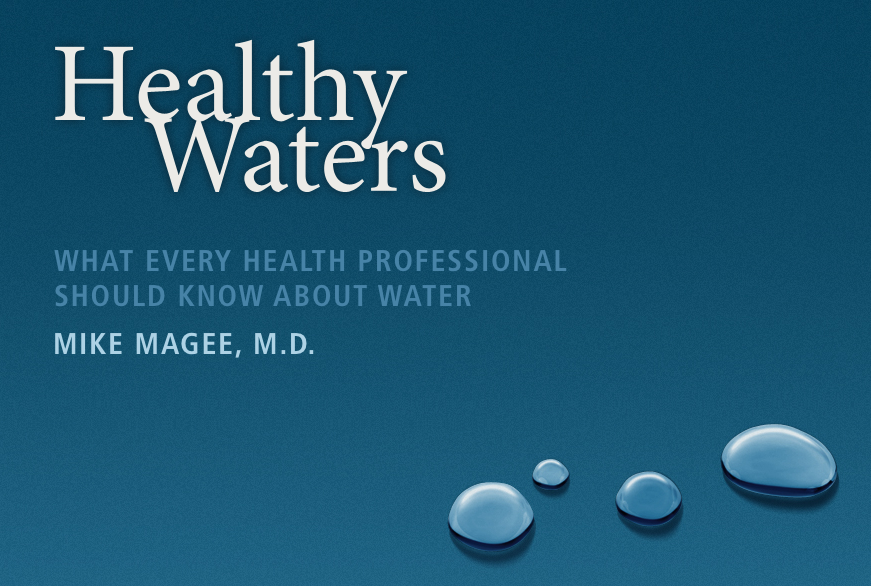Earth Day 2020 – 25 Important Facts About Water
Posted on | April 22, 2020 | Comments Off on Earth Day 2020 – 25 Important Facts About Water

Mike Magee
World Water Day, April 22, 2020, celebrated at the United Nations, drew a wide range of interested and engaged professionals. But surprisingly, the health care professionals remain under-represented. How much do doctors, nurses and other health professionals know about water?
Here are “25 Facts Every Health Professional Should Know About Water”:
1. Water is essential to all life.
2. Oceans, surface water and ground water are interconnected and interdependent.
3. Most of the Earth’s water (99%+) is not fresh, not accessible, or neither fresh nor accessible.
4. Humans need 2.3 liters of water on average per day to survive. Humans’ average daily diet however derives from an investment of 3,000 liters of water.
5. Agriculture is the leading consumer of water worldwide, consuming 70% of our fresh water.
6. Irrigated fields have 400% greater food yield than rain-fed fields. By 2030, 70% of the world’s grain crop will come from irrigated fields.
7. Currently 27% of fish consumed by humans is “grown” through aquaculture. China alone is responsible for 70% of the “crop.”
8. Industry is the second leading consumer of fresh water, consuming 22% of our total supply worldwide.
9. Water is essential for all forms of energy generation worldwide.
10. Global hydropower currently provides about 20% of our energy worldwide.
11. Supplies of safe, fresh water are declining and global population is increasing. In the past 100 years our population has tripled, and water consumption has increased six-fold.
12. Water scarcity is increasingly common. 3.4 billion global citizens will live in water-scarce areas by 2025.
13. One-sixth (17%) of humans lack fresh, safe water and two-fifths (40%) lack adequate sanitation.
14. Investment in water and sanitation has a 34-fold return on investment.
15. Watershed catch basins cover 45% of Earth’s land and support 60% of our global population.
16. 145 nations share a catch basin with another nation.
17. Urban environments, usually associated with catch basin areas, continue to grow and will house 60% of our population by 2025.
18. Safety and security of urban populations are fundamentally dependent on wise water management.
19. Surface water in the developing world is the dumping ground for 70% of industrial waste and 90% of local raw sewage.
20. Water-related diseases account for 25% of all deaths worldwide and 50% of all hospitalized patients.
21. Water-related disasters between 1990 and 2000 claimed over half a million lives. Most could have been prevented by Integrated Water Resource Management and Disaster Preparedness.
22. Global warming is a significant contributor to water scarcity and water disasters.
23. Integrated Water Resource Management (IWRM) is organized at the catchment level, proactively balancing infrastructure development, allocations of water and mitigation of risk.
24. IWRM has social, political and economic dimensions that directly impact human health, poverty levels and gender equality.
25. IWRM requires reliable data and careful valuation of water as a resource. Identifying true cost of provisions of safe water and sanitation is essential for financing and creating sustainable and reliable infrastructure.
For more in depth exploration: Healthy Waters: What Every Health Professional Should Know About Water. HERE
Tags: 2020 Earth Day > environmental protection > EPA > water > water management > water scarcity


